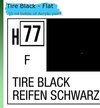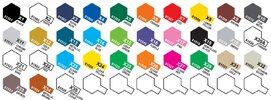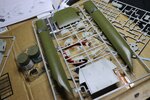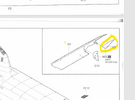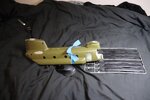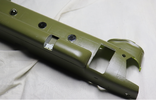I suffer from Memory losses and I keep forgetting what paint is
Acrylic and what paint is
lacquer; what paint is
flat and what paint is
gloss. I am disabled due to this and live off of Social Security Disability Income.
SoI decided to make a list of Acrylic Paint and Lacquer Paint. The way I did it was I looked up my paint in SCALEhobbyist.com and copy and pasted the description into a Word Processor. I had to add the paint number like what is shown in the attachment picture.
Lets use the Flat Tire black... (number H77)
In this picture I have highlighted in
Blue the name and type that I need to copy and the number in the picture is H77. Then I paste the blue highlighted words in a
word processor and add the number of the paint, H77 would be Tire Black - Flat and I add : H77 so that it looks like::
"Tire Black - Flat: H77."
(This only works for SCALEhobbyist.com) ((My example is below the picture))
View attachment 129250
The list should look like this::

